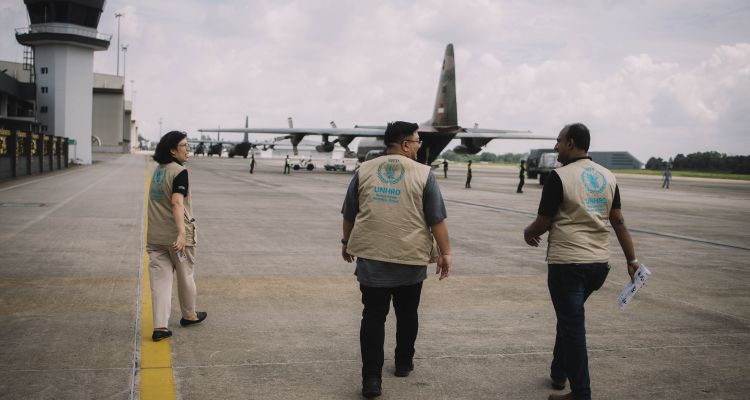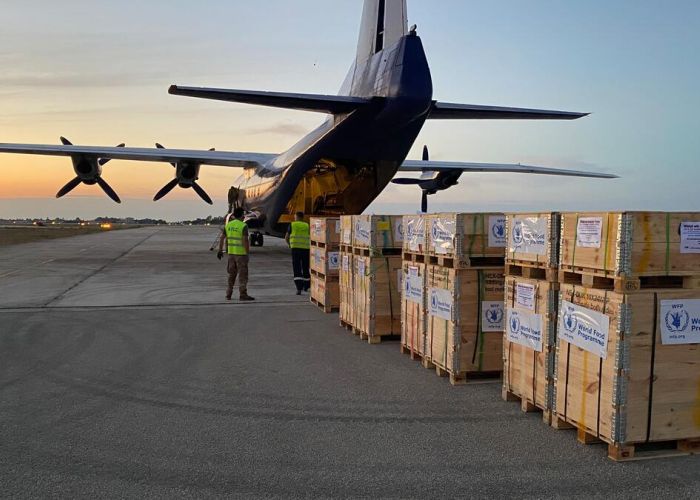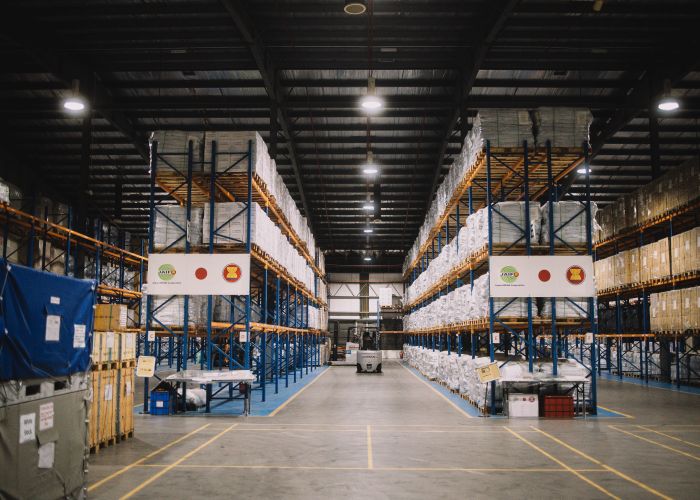UNHRD at 25: How we continue to transform emergency response
The United Nations Humanitarian Response Depot (UNHRD) was created in 2000 to help drive global emergency logistics. Launched in Brindisi, Italy, using the forward-thinking "Brindisi Model," UNHRD has matured into a critical asset for humanitarian operations around the globe. Its network of hubs extends to Accra (Ghana), Dubai (UAE), Kuala Lumpur (Malaysia), and Panama City (Panama).
As we celebrate our 25th anniversary, we are not just reflecting on past achievements—we are responding to the present by prioritizing efficiency, leadership, and system-wide transformation.
Whether responding to sudden-onset disasters or supporting protracted crises, UNHRD makes it easy for partners to deploy assistance – strategically, securely and rapidly – so it can reach the people who need it most.
And UNHRD continues to evolve with the state of the world. By streamlining humanitarian logistics, breaking down operational silos, and innovating new products and solutions, UNHRD brings greater value to donors, UN agencies, NGOs, and governments alike.




